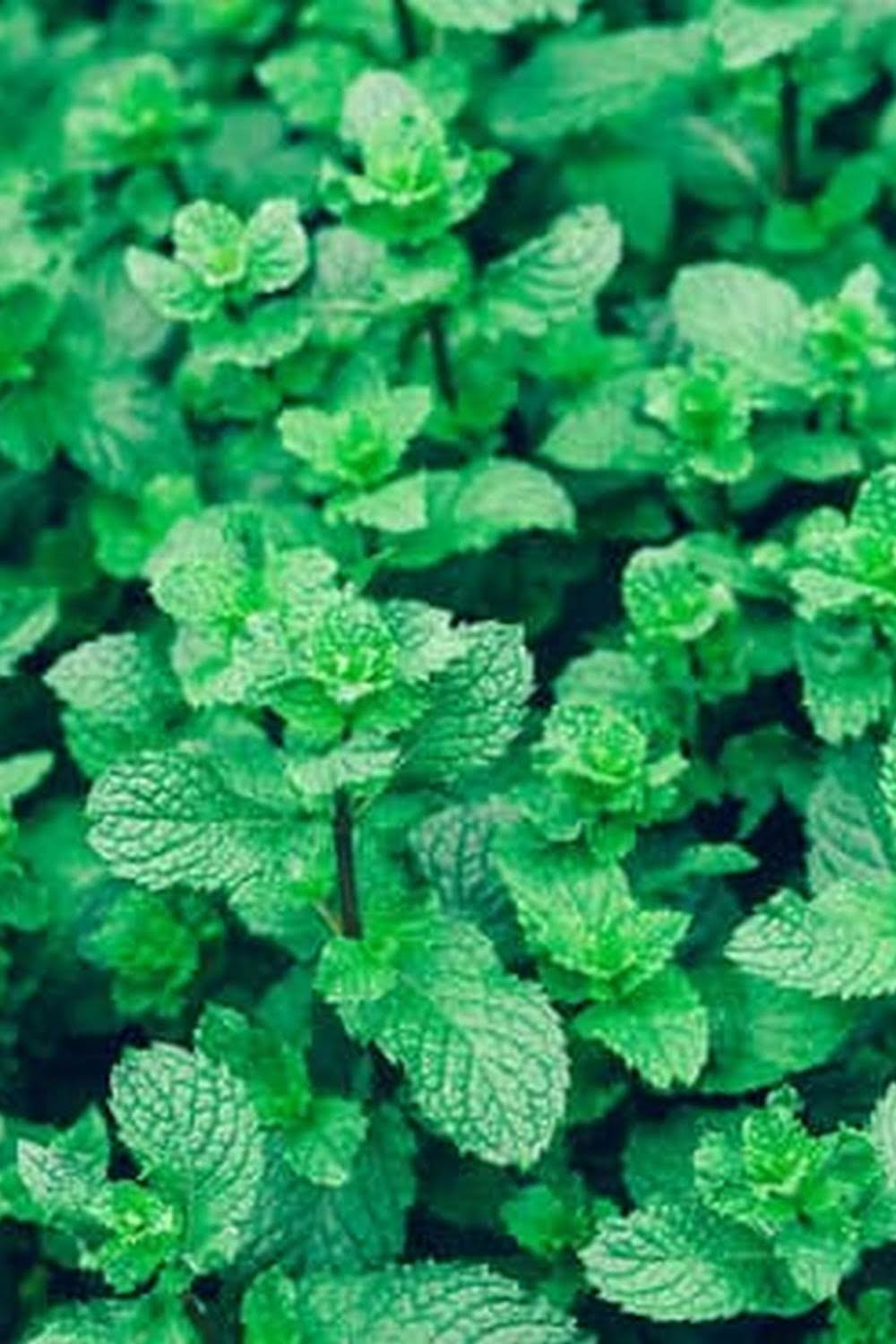Introduction
Home vegetable gardens can be an incredibly rewarding and enjoyable experience. Not only do they provide you with fresh, homegrown fruits and vegetables, but they also help reduce your grocery bill, allow you to connect more with nature, teach kids valuable lessons about food production and responsibility, create better air quality in your garden area, provide a space for relaxation and creativity, help protect the environment through sustainable agriculture practices and in general create a positive impact on overall wellbeing.
DIY Home Vegetable Gardening Projects incorporate unique ways to add aesthetic value while encouraging healthier eating habits. There are many ways to bring these projects to life from building planters or installing vertical growing systems to creating balcony gardens in small spaces or turning old kitchen items into greenhouses or terrariums. Adding herb gardens inside your home can help bring in natural scents and flavors when cooking fresh meals. Additionally, irrigation systems help ensure proper watering of your plants without having to worry about any run-off contamination of groundwater supplies due to over-watering. With the simple combination of imagination and action these DIY projects make it easy for anyone at any skill level to get started on their own gardening adventure!
Planning Your Garden
Before starting your DIY home vegetable garden, it is important to take some factors into consideration. First, you must properly assess your garden space by taking accurate measurements and noting any obstacles that could negatively affect the growth of your vegetables. Second, your soil type should be determined as certain plants may require different types of soil for optimal growth. Lastly, you will need to research the ideal locations for your specific type of plants as some may prefer more direct sunlight while others thrive in shadier places. With these three steps in mind, one can ensure a successful start to their veggie garden!
Gather Your Supplies
Before setting up your home vegetable garden, it is important to gather the supplies you will need. Necessary tools and accessories might include gardening gloves, a trowel, pruning shears, hoes, water cans, pots or planters to start seeds indoors, and perhaps a rototiller (if you want to do any larger scale planting). You also need good quality compost and soil. Seeds help create a more diverse garden and can provide vegetables all season long. Start plants at home using plant trays or pots with potting mix that are kept warm and moist until they’re ready to be transplanted into the garden beds. If you have limited space for your vegetable garden, consider buying starter plants of vegetables that you plan on growing from seed instead.
Preparing the Soil
Preparing the soil for a vegetable garden is essential to ensuring that vegetables grow healthily and flourish. The most important aspects of preparing the soil are amending, fertilizing and improving its structure.
Amending involves adding nutrients such as sand, compost, manure or sand to the soil to improve its fertility. Compost is an excellent amendment because it enriches the soil with beneficial organic matter. Manure also provides important nutrients but it should be allowed to age for at least 6 months before you apply it in your vegetable garden. Other amendments may include gypsum and lime, which can help to balance out soil acidity levels and deliver trace elements such as iron and calcium.
Fertilizing is often necessary for a successful vegetable garden. Most vegetable plants require nitrogen, phosphorus and potassium as well as other trace elements in order to thrive and so it is important to ensure that these nutrients are present in the soil. Fertilizers can be added when planting or applied according to manufacturer instructions during growth cycles throughout the season. However, do not use too much fertilizer or else you will burn your plants’ roots leading to failed crops!
Improving soil structure is just as important as amending and fertilizing; this means making sure there are adequate drainage channels so that water can move easily through your vegetable bed without pooling up in one area. To do this dig trenches around the perimeter of your plot before filling the space with gravel or stones; this will allow excess water to run away so oxygen can reach your vegetables’ roots more easily. Additionally, depending on what type of vegetables you are growing, tilling up heavy clay-based soils with organic material such as leaves or grass clippings can help to open up large soil particles enabling good aeration
Choosing & Growing Vegetables
One of the major benefits of having a home vegetable garden is the fresh and organic vegetables you can grow without the need for pesticides or store-bought produce. Before you dive in, it’s important to determine what type of vegetables you want to grow and how much time and energy you’re willing to devote to their growth.
Popular Varieties: Every region has its own climate that affects what types of vegetables will easily grow, so researching your local hardiness zone before planting is important. It’s also best to begin with easy-to-grow crops such as peas, lettuce, beans, squash, kale, tomatoes, peppers and cucumbers that require minimal work but offer tasty rewards. The decision on which variety you choose will depend on your tastes as well as growing conditions – for example, choosing an early maturing variety for warmer climates.
Cost & Time of Growth: Establishing a vegetable garden from scratch can require some upfront investment in soil amendments and containers before the first seeds get planted. Once you start seeing results from regular watering and grooming — which often takes three to five months — it starts becoming easier to maintain; many delicious crops are ready for harvesting within 45 days. Costs in terms of time for maintenance also increase with each successive season as plants are hardened off before transplanting into their final locations since this ensures plants remain healthy until harvest time.
Protection & Pest Management
When growing a vegetable garden at home, it is important to consider protection and pest management in order to sustain healthy plants. Organic solutions, such as the use of mulch and companion planting, are the most natural and effective way to protect and maintain your home vegetable garden. When using organic methods, you should begin by properly spacing your plants for better air circulation. For example, laying down a thick layer of mulch around your plants can help reduce weeds and keep the soil moist in areas that have limited sunlight. Mulching with straw or grass clippings can also aid in prevention of root rot since this material acts as an insulator against extreme temperature fluctuations. Additionally, you should take into consideration companion planting when building your home vegetable garden. Many different species act as natural deterrents for pests such as insects by attracting helpful predators or providing physical barriers for plants more susceptible to damage from other animals. Examples of companion plants include tomatoes with basil and corn with squash; these combinations will help increase pollination within your vegetable garden so that you can enjoy a bounty of healthy vegetables all season long!
Harvesting and Enjoying Your Vegetables
Harvesting the vegetables grown in your home vegetable garden is a satisfying and joyous experience. Depending on the types of vegetables you choose to plant, the harvest may include lettuce, tomatoes, peppers, onions, peas, corn, potatoes, squash and more! It’s important to know when to harvest each vegetable for best taste. Generally speaking; pick early in the morning and after it has had chance to warm up in the sun so that you can take advantage of its peak flavor. After being picked they should be washed with cool water then sorted according to their ripeness and freshness.
For vegetables you wish to store for a longer period of time – like potatoes, tomatoes, onions and root-vegetables – you will need to think about where you can best store them. Potatoes benefit from being stored in a box or lined basket with sawdust at a temperature of 45-50 degrees Fahrenheit (7-10 degrees Celcius). Tomatoes should be stored at room temperature; if necessary cover lightly with newspaper – away from direct sunlight. Onions should be hung in braids or baskets in a dry place out of direct sunlight. And as for root-vegetables such as carrots and turnips; keep them in damp sand at around 32 degrees Farenheit (0 degress Celcius).
Finally comes the most enjoyable part: cooking! With all that fresh bounty there are plenty of nutritious recipes right at your fingertips. From healthy salads and hearty main dishes to soups and smoothies; using ingredients straight from the garden means they are packed full of extra vitamins and minerals not found in regular store bought ones. Not only is it better for your health but everything tastes much better too!
Conclusion
After you have set up your Diy Home Vegetable Garden, you will appreciate the effort and wait patiently to savor the joys of harvesting your own fresh, organic vegetables! With patience and dedication, you can create a beautiful garden that will provide numerous delicious vegetables and fruits for you to use in meals every day. When it comes time to reaping the rewards of your hard work, don’t forget to take time to appreciate the moment. The taste of fresh, homegrown produce is incomparable!
When the initial crops have been harvested from your Diy Home Vegetable Garden, it’s time to start thinking about which type of vegetables or fruits you should try adding in next season. If there’s an extra patch of land in your yard that could be used for planting or if there is an outdoor space with sunny spots that go unused, consider expanding the size of your garden by adding some additional seeds into this area as well. Not only will this ensure that you get even larger yields season after season but it will also give you the chance to spread out and grow a variety of different crops that wouldn’t fit into one small plot as easily.
Finally, gardening isn’t just about getting food from one’s own backyard; it also has some major environmental benefits. As growing plants help suck up carbon dioxide from the atmosphere and reduce air pollution levels around us, gardening can be a great way for each one of us plays our part in reducing our negative impact on the environment. Sometimes when starting out with a diy home vegetable garden, it can feel overwhelming but observing nature’s beauty while watching our plants grow can bring us closer together with each other and nature itself.

If you’re looking to get into vegetable gardening, or are just looking for some tips on how to make your current garden better, then you’ve come to the right place! My name is Ethel and I have been gardening for years. In this blog, I’m going to share with you some of my best tips on how to create a successful vegetable garden.





